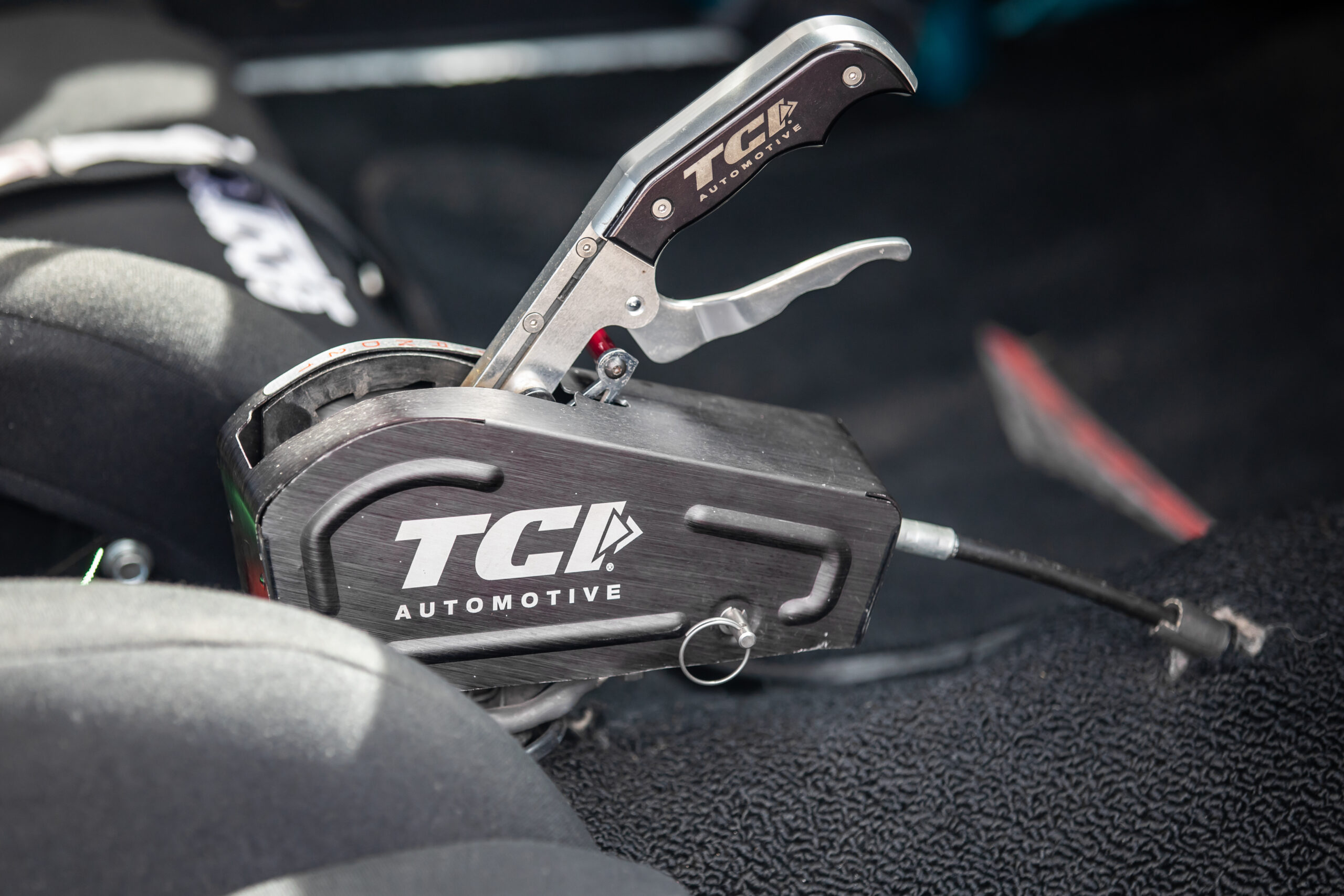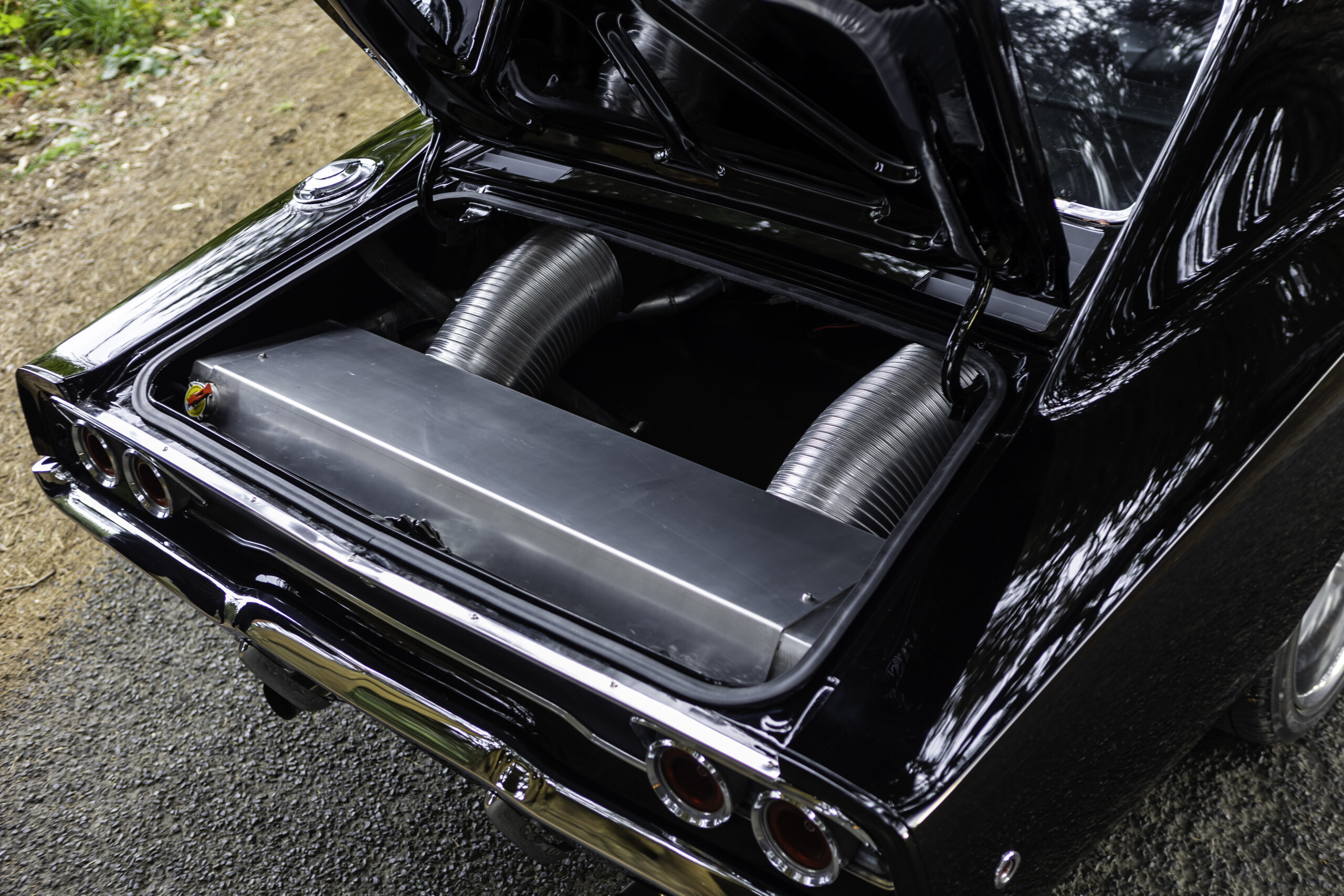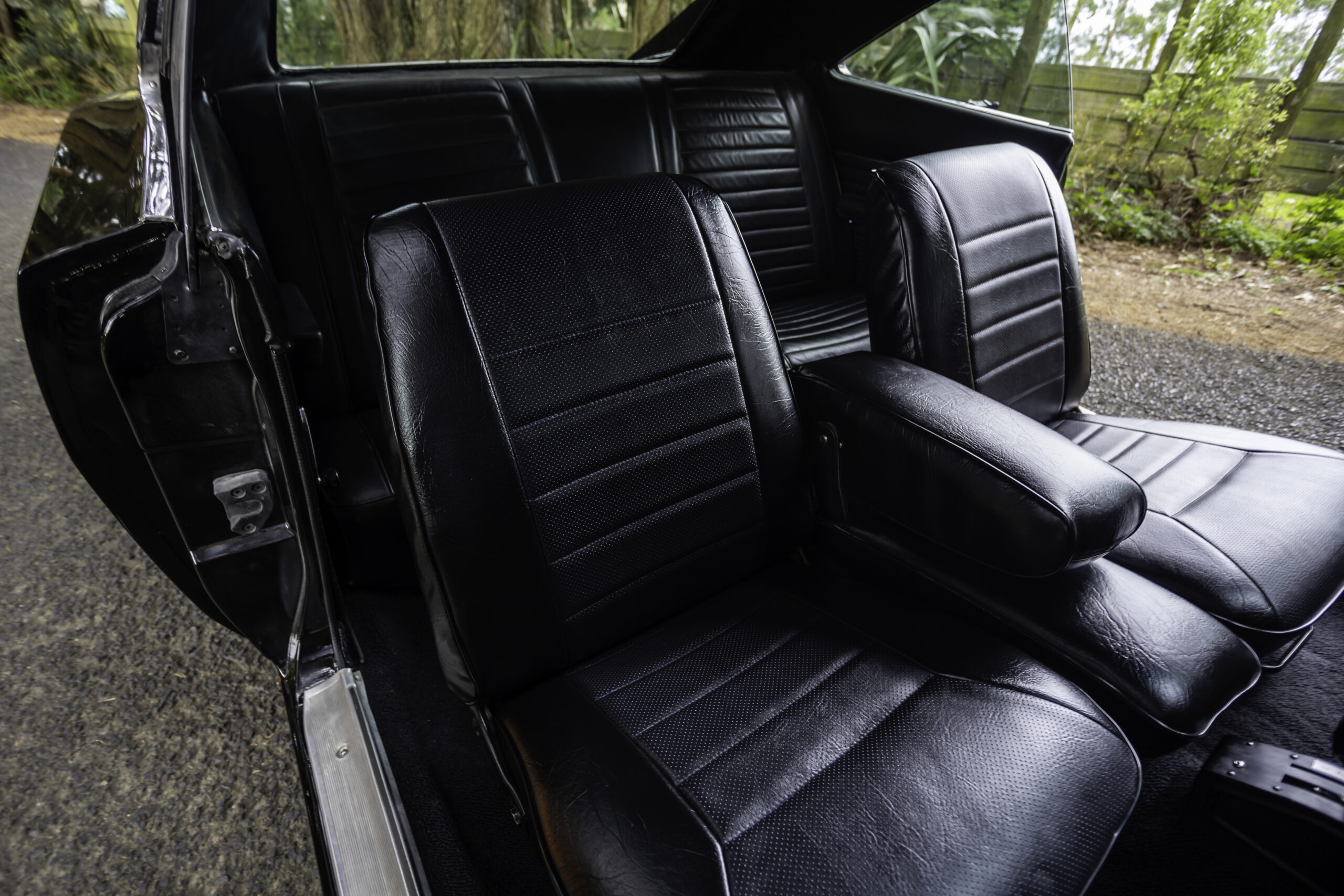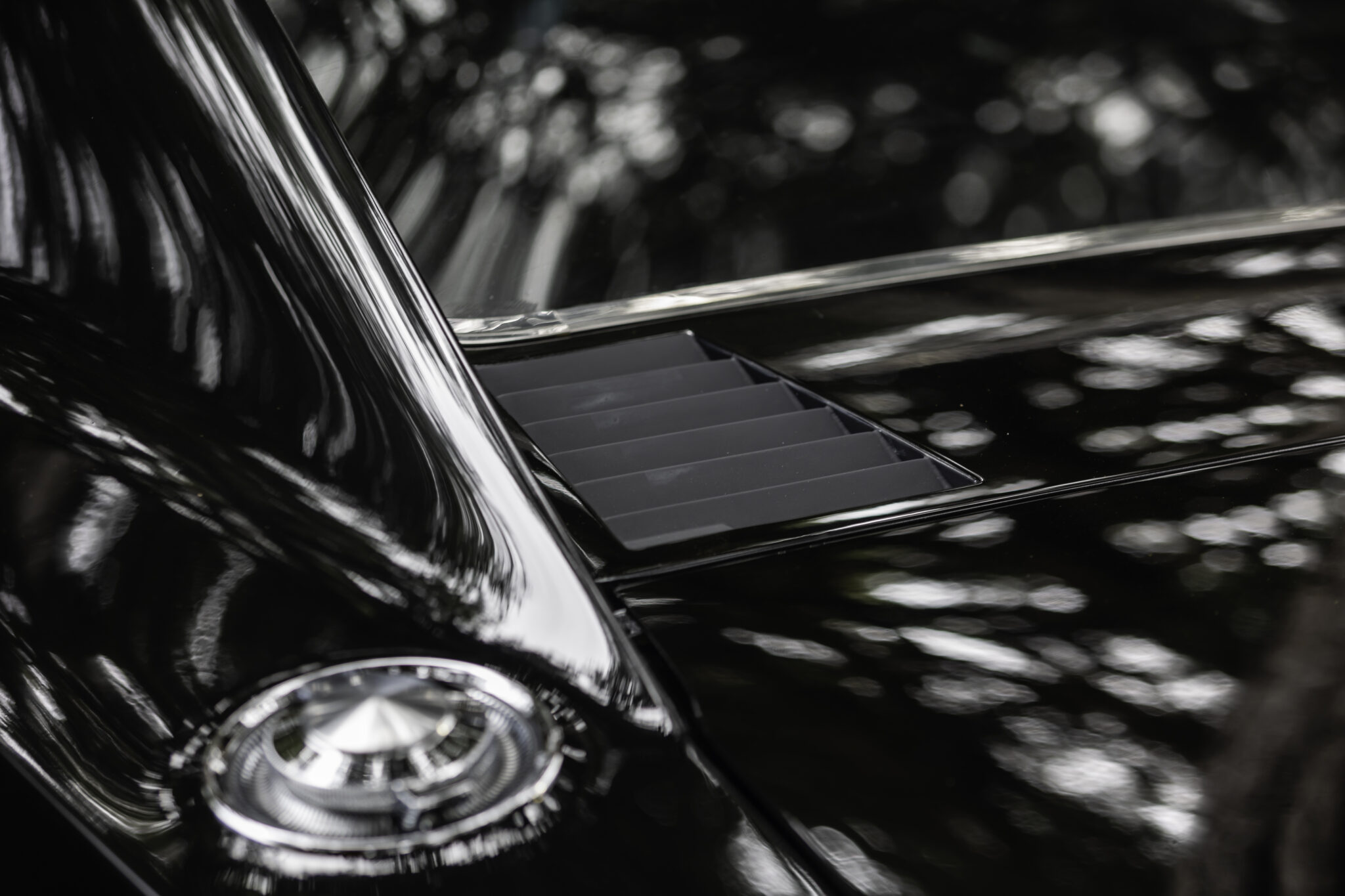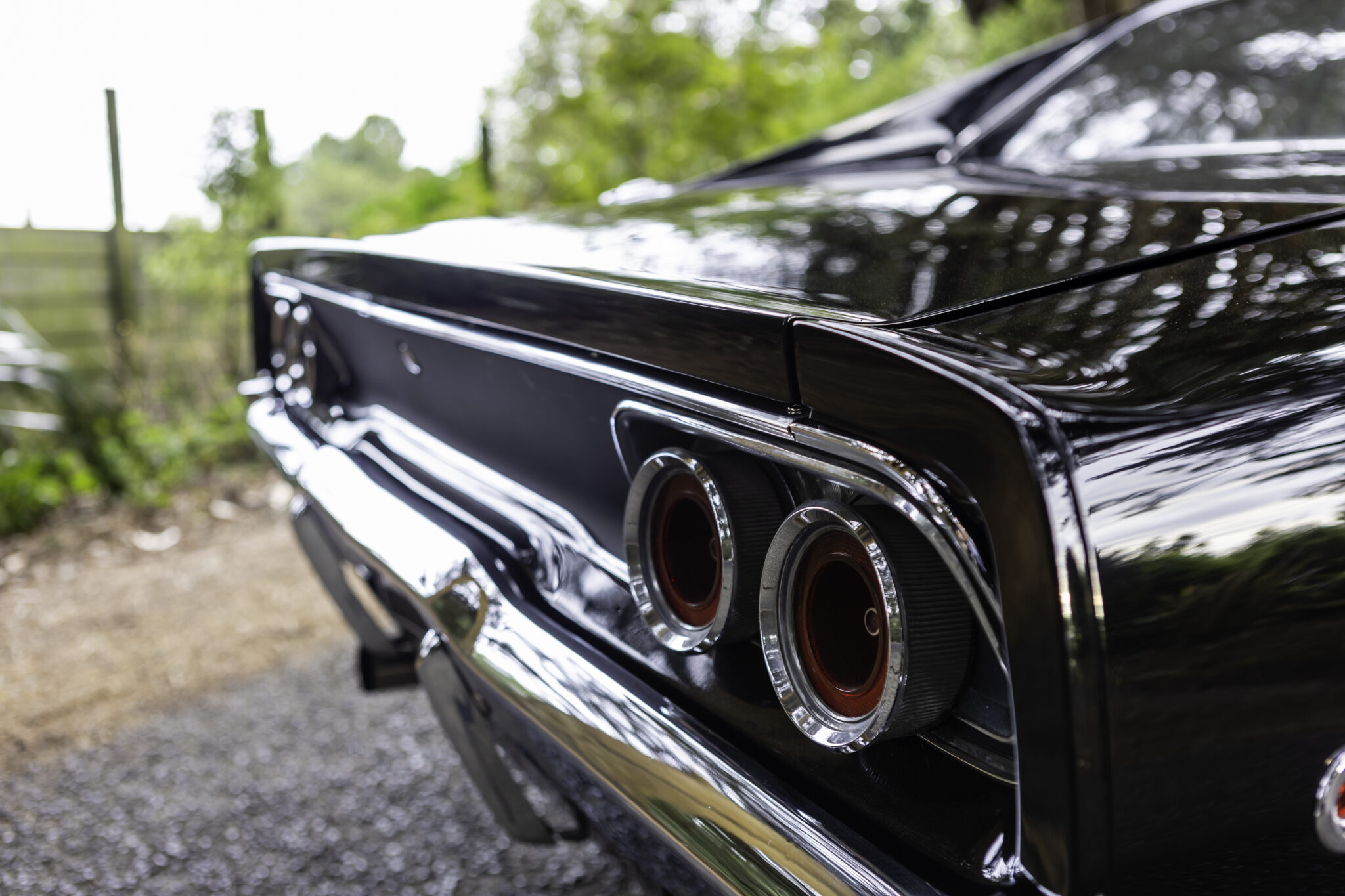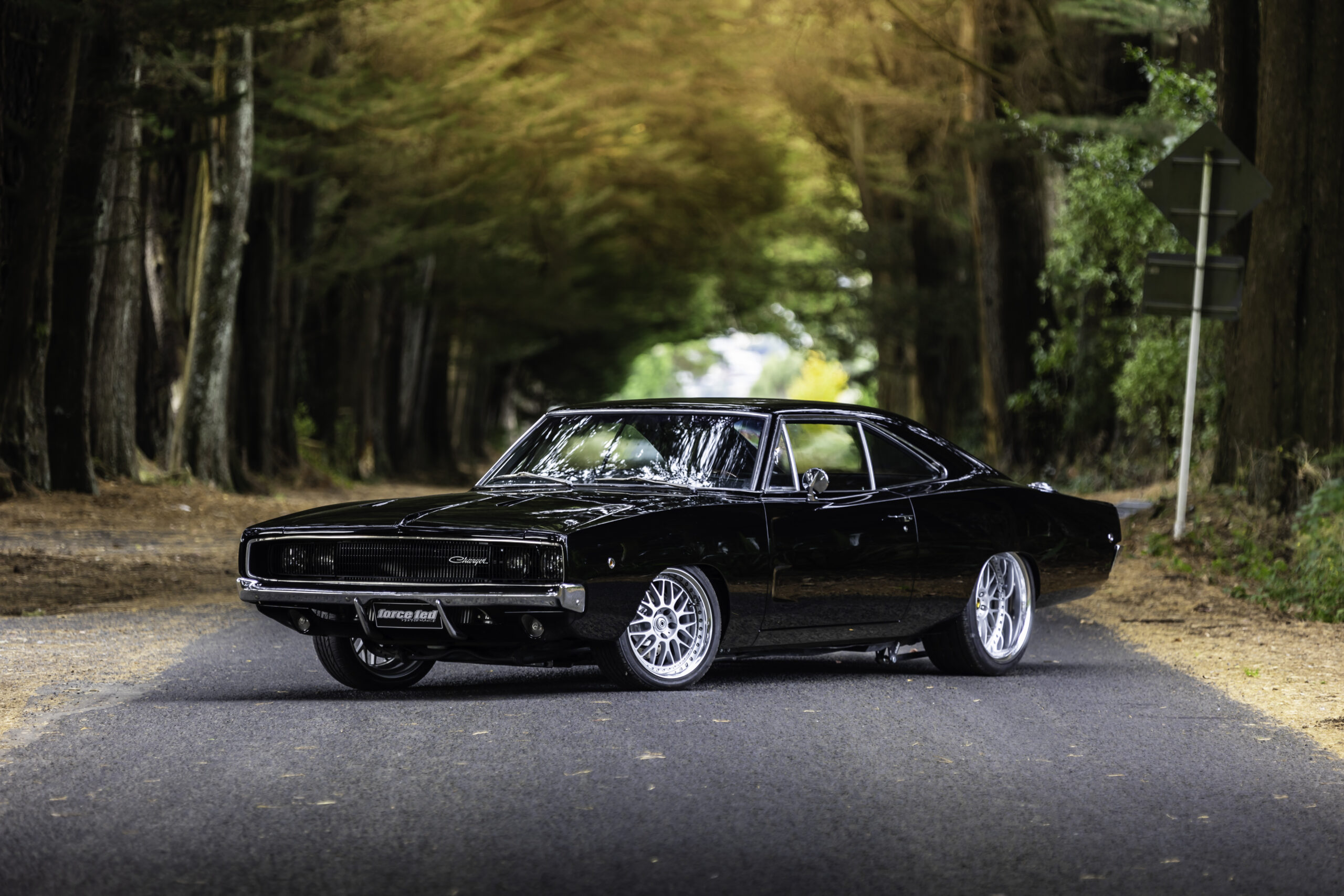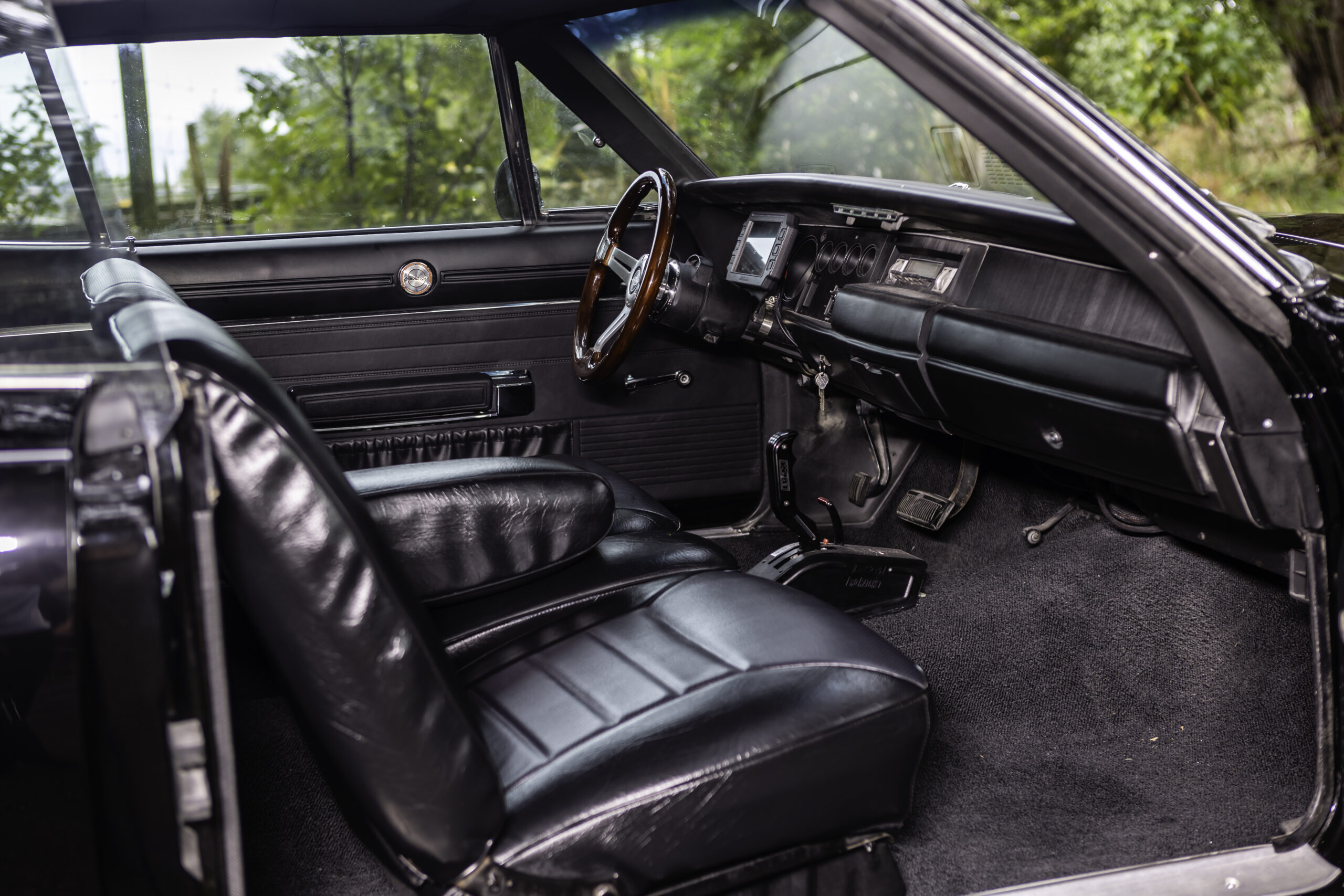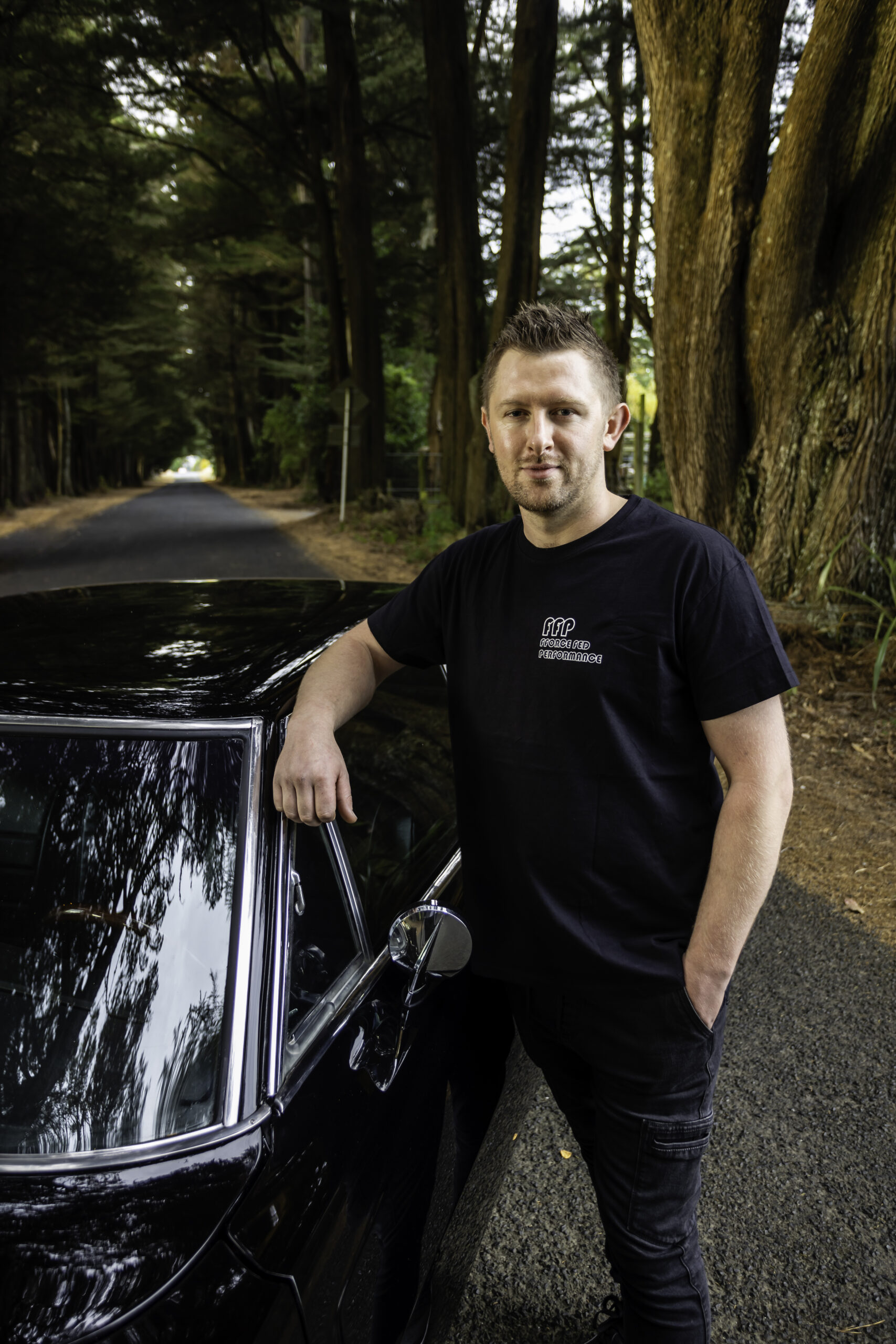Words: Todd Wylie Photos: Danny Wood Photography
When looking at Kent Lobb, it would be easy to think he’s one of those guys with all the luck. At just 29 years old, he holds the keys to arguably one of the toughest Dodge Chargers ever built in the country — a car packing a twin-turbo Viper V10 with tough looks to match. It’s been a wild ride getting there though; there was no silver spoon and big chequebook behind the build, but countless hours of thought, effort, and wheeling and dealing. So, sure, he’s got all the luck, but he’s worked damn hard to get it.
The ’68 Charger was purchased back when he was just 23 years old when he found it online in Tennessee. With a tunnel-rammed 440 big-block in it, Kent says the car was cool, but not Viper V10 cool, although at that point in time the V10 wasn’t on the cards. That came about much later in the piece after Kent went through the wringer with the car’s bodywork. He tells us the long tale of woe: “It was matte black and looked mongrel; it was a cool look, but not the look that I wanted, so I stripped it back to bare steel in preparation for a full panel and paint job. At this point, it was obvious that half of one of the rear quarter panels had been replaced in the States. So I decided to bring in two new quarter panels and repair it properly. I took it to a repair shop in Mosgiel to have the old ones cut off and the new ones fitted.” It was here the story really begins; Kent continues, “Both quarters were replaced, but it was done too poorly to meet repair certification standards, so I had no choice but to take them off again and get it done properly. After removing the quarter panels, the real issues started. The Mosgiel repairer had cut right through the sills, so I was now required to replace everything that the shop had welded to. That meant new inner and outer sills, B-pillars, frame rails, floor pans, taillight panel, and rear valance. I’d blown my budget on the car and it was just a bare shell!” Rather than dwell on the situation, he flipped it on its head, figuring if he was already in the hole, then he may as well go crazy with it, and he well and truly did.
While guys twice his age may have taken a tamer route, he used his youth to his advantage, meaning modern technology and outside-the-box thinking were the order of the day. Sure, it’s not the first charger to have a Viper V10 jammed between the frame rails, but it’s certainly the first in this part of the world to have the big motor and a pair of turbos. Of course, before this could happen, Peterson Fabrication was called on to stitch in the replacement sheet metal the way it should have been done originally. During this process they added larger wheel tubs before sending the body to Michael Bateman to get it straight enough for the coat of Spies Hecker paint that would follow.
Being a mechanical engineer by trade, Kent could do the bulk of the mechanical work himself once Peterson had taken care of the fabrication. That included creating the custom headers that keep the large Borg Warner 66mm turbos under the hood along with the twin four-inch down pipes that feed into a twin three-inch stainless exhaust system, the chassis connectors and the semi-tube framed front end.
While the Viper motors are no slouch from the factory, displacing 8.3 litres and offering a minimum of 400hp, adding a pair of turbos meant Kent wisely opened it up. While he simply prepped the stock crank, he added Diamond pistons and K1 rods to make it a bit more boost-friendly. The NA camshaft was also replaced by one more suited to the new application, as were the valve springs and retainers. Up top the signature Viper intake manifold was retained along with the factory twin 67mm throttle bodies, although the injectors mounted into that fuel rail are now much larger than stock. The rest of the fuel system is also impressive, consisting of a 225lph Deatschwerks pump that feeds into a 10-litre surge tank before a pair of 415lph pumps send the liquid gold up front.
Cooling the charged air was reasonably straightforward, with a thick custom intercooler having twin inlets down low and feeding directly into the throttle bodies from the top. The engine cooling system is very much at the next level, though. While Kent had never intended to run the radiator in the boot, the initial design with the radiator behind the intercooler proved not up to the task. With no more room to go bigger up front, he figured he’d move the radiator out the back and go huge. The custom radiator made for the space measures an impressive metre-wide by half-a-metre tall and 100mm thick. With the airflow out back being much more limited, Kent set up two eight-inch ducts that draw from the base of the rear window and added two 16-inch fans to help draw air into the custom airbox that the radiator sits in. It’s an impressive piece of fabrication, and has so far worked a treat, even if it does mean there’s now minimal trunk space.
Besides the air ducts, the car’s exterior is somewhat subtle in the way that the body work is dead stock. The wheels however are far removed from what most Charger owners would consider, and do a great job of showing that there is life beyond the usual American wheels. Coming in at 18×8-inches up front and 20×11-inches in the rear, the Work VSXX wheels were custom-built to Kent’s required offsets in Japan. Finished with 245/35R18 and 295/35R20 rubber, the wheels fill out the guards perfectly and help to set off the gloss-black paintwork. While Kent was in two minds about colours, given that he had always kind-of liked the idea of the car being relatively subtle, black was the only option. Full credit should go to South Otago Customs for really nailing the finish on the paint job, as getting a car with panels this long looking that good is a power of work.
Ironically, the suspension in the car remains fairly stock: just upgraded torsion bars up front and upgraded leaf springs and Caltrac traction bars out back, along with KYB shocks on both ends. Given the car’s power potential, he wisely decided to put a little more thought into the braking system. A remote booster was selected to work with a Wilwood master cylinder and Wilwood four-pot callipers on each end, which have had no problem in slowing the somewhat heavy machine to date .
Like the exterior, the interior is also comparably stock, a Haltech digital dash being the main giveaway that there’s no longer a carburettored big-block under the hood. Other touches include a B&M Pro Magnum ratchet shifter and an aftermarket steering wheel. If you know your Vipers, you’ll know they are only offered with a Tremec manual box, and the Viper-powered pickups with a heavy truck-style auto. Either of these two would have been blown apart with the amount of power this engine package is making, so early on in the build Kent commissioned
Doctor Trans in Rangiora to overhaul a GM Turbo 400 trans for the build. That included strengthened internals together with a full-manual valve body and a billet 2500rpm stall converter and billet flex plate. The trans has worked well, as has the custom chromoly driveshaft with 1350 universals, and let’s just say that Kent’s tested it out a few times … Of course the stock diff was also never going to last with that type of abuse, so it too has been replaced with a nine-and-three-quarter–inch Dana 60. Fitted with an Eaton Truetrac centre and 3.23:1 ratio, the diff should handle everything that’s thrown at it.
The final power figures of the combo are still unknown, as the car has only been on a rolling road dyno and at just 7psi it kept blowing the tyres off. Based on the injector duty cycle, Kent estimates that it was making somewhere just over 900hp, although it only recorded 750hp as the rest was lost to wheelspin. Even at that low boost level it still made an impressive 1400Nm of torque, but the real goal is 15psi and a whole bunch more — once he gets it to a dyno that will allow it, of course. Even on the low boost setting, with so much torque from low down in the rev range, the car is an animal to drive, yet it’s controllable too, as it’s not like the boost just comes on in a big laggy hit.
Clearly the build consumed far more time, money and energy than Kent had ever imagined, but a ’68 Charger was always his dream car, so the six-year battle has been well worthwhile. It’s been a build of hard work and dedication, but now it’s done, the luck part comes into play, as he’s lucky enough to be rolling in a Charger like no other!
_______________________________________________________________________________________________________
This article originally appeared in NZV8 issue 222
SPEC LIST
Vehicle: 1968 Dodge Charger
Engine: 8.3-litre V10, Diamond pistons, K1 rods, ARP fasteners, custom cam, hardened pushrods, stock heads, Pac double valve springs, Pac retainers, stock intake manifold, twin 67mm throttle bodies, twin Borg Warner 66mm turbos, custom exhaust manifolds, custom intercooler, Turbosmart 45mm Hypergate wastegates, Deatschwerks 225lph fuel pump, 10-litre surge tank, twin 415lph pumps, stock coils, 9-mm leads, 3-inch stainless exhausts, Adrenalin R mufflers, rear-mounted radiator, Davies Craig electric water pump, twin 16-inch fans, Link G4 Storm ECU
Driveline: Manualised Turbo 400 transmission, custom trans adaptor, billet 2500rpm stall converter, billet flex plate, Dana 60 9¾-inch diff, Eaton Truetrac centre, 3.23:1 ratio, Chromoly driveshaft, 1350 universals, Strange yokes
Suspension: Stock torsion bars, heavy-duty rear springs, KYB shocks
Brakes: Wilwood 1⅛-inch master cylinder, Wilwood proportioning valve, remote booster, 4-pot callipers, Wilwood discs
Wheels/tyres: 18×8-inch (-9) and 20×11-inch (-31) Work VSXX wheels, 245/35R18 and 295/35R20 Falken tyres
Exterior: Spies Hecker Special Deep Black paint
Chassis: Torque boxes, mini tubs, custom frame connectors
Interior: Stock seats, aftermarket steering wheel, Haltech dash, B&M Pro Magnum ratchet shifter
Performance: 750hp and 1400nm at 7psi, 15psi to come …
Driver: Kent Lobb
Age: 29
Occupation: Mechanical engineer
Previously owned cars: Around 300, including lots of HQ-HZ Holdens and a few ’60s Chevs
Dream Car: It was a ’68 Charger
Why the Charger: It was my dream car
Build time: Six years
Length of ownership: Six years
Kent thanks: Peterson Fabrication, Michael Bateman, South Otago Customs, Force Fed Performance, Detailed Otago, And a special thanks to my wife Kimberly and daughter Brynleigh for putting up with me being in the shed for 25 hours a day








